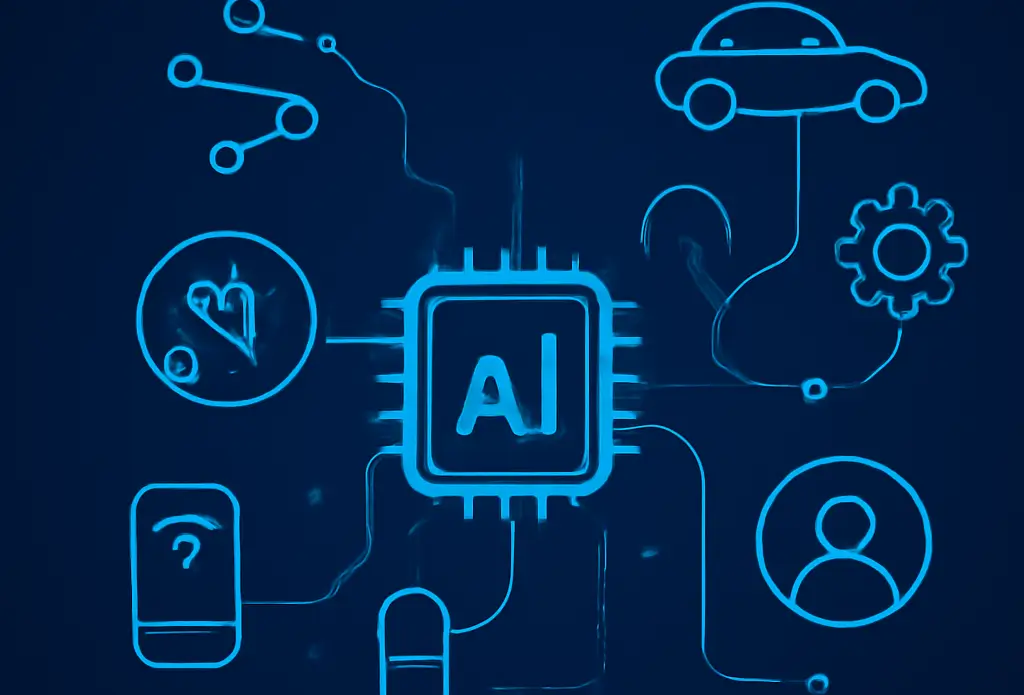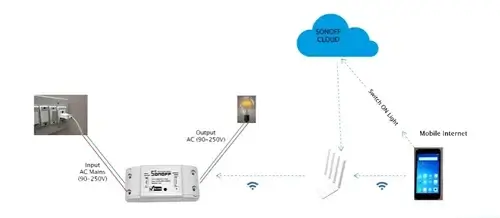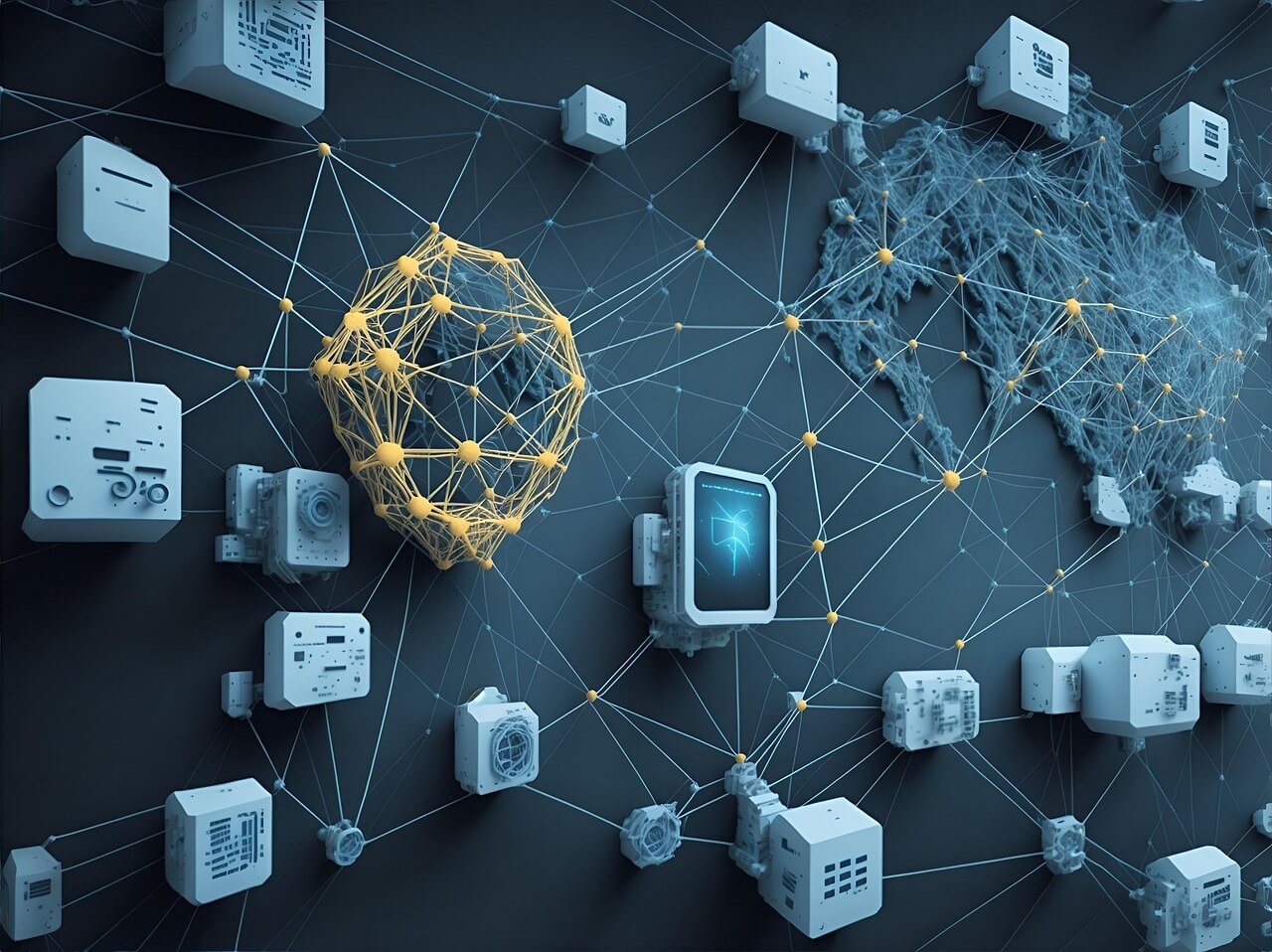Hey there, tech enthusiasts! Buckle up, because the Internet of Things (IoT) is about to get a major glow-up with Generative AI. We're talking about a revolution that’s quietly turning every industry upside down—making your devices not just connected, but crazy smart. Let’s dive into how this combo is changing the game, with some real-world examples to bring it home.
1. Factories That Fix Themselves (Industrial IoT)
You know those sensors in factories that keep an eye on machines? They’re cool, but Generative AI takes them to superhero status. Here’s what’s coming:
- Predicting breakdowns before they happen: AI can dream up every possible way a machine might fail and whip up the perfect maintenance plan.
- Guiding techs like a pro: Imagine a technician getting real-time repair steps through augmented reality glasses—boom, problem solved!
- Tuning up production lines: AI tests thousands of virtual setups to make factories run smoother than ever.
Real talk: Picture an oil rig. Its sensors pick up weird vibrations. Instead of just sounding an alarm, the AI figures out exactly what’s wrong, pinpoints the faulty part, and hands the engineer a step-by-step fix. That’s next-level.
2. Cities That Think on Their Feet
Smart cities are about to get really smart, like they’ve got a brain of their own:
- Traffic that flows like magic: Traffic lights tweak themselves based on real-time car and pedestrian vibes.
- Trash that plans its own pickup: Smart bins tell the system when they’re full, and AI maps out the quickest collection routes.
- Power grids that stay one step ahead: AI predicts energy spikes and shuffles power around before anyone notices.
Real talk: Imagine a big city festival. Sensors spot a crowd jam, and the AI instantly maps out evacuation routes, lights up emergency paths, and reroutes buses—all faster than you can say “traffic jam.”
3. Healthcare That Knows You Better Than You Do
Your smartwatch or medical device is about to become your personal health guru:
- Custom health plans: AI uses your wearable’s data to create diet or treatment plans just for you.
- Safer drug testing: Synthetic patient data lets researchers test drugs without putting anyone at risk.
- Illness alerts before you feel sick: Your device could warn you about health issues before you even notice them.
Real talk: Got diabetes? Your glucose monitor doesn’t just track your levels—it suggests meals, predicts insulin needs, and even tells you how that morning jog will affect your blood sugar. It’s like having a doctor in your pocket.
4. Shopping That Feels Like It Reads Your Mind
Retail’s about to get so personal, it’s practically psychic:
- Shelves that restock themselves: Smart shelves predict what you’ll buy and send restocking alerts.
- Fitting rooms that get you: Scan your body, and the AI generates virtual outfits in styles or colors you didn’t even know you wanted.
- Stores that rearrange on the fly: AI tweaks layouts based on how shoppers move through the space.
Real talk: You grab a shirt but hesitate. The store’s RFID sensors notice, and a nearby screen pops up with similar shirts, including a virtual try-on of that color they don’t have in stock. Creepy? Maybe. Awesome? Definitely.
5. Farms That Think Like Seasoned Farmers
IoT sensors in fields are teaming up with AI to make farming smarter than ever:
- Pinpoint irrigation: AI models tiny climate zones to water crops just right.
- Pest protection on autopilot: It predicts outbreaks and rolls out defenses before bugs take over.
- Custom crops for your land: AI designs seeds tailored to your soil’s exact needs.
Real talk: Soil sensors spot early signs of blight. Overnight, the AI runs thousands of scenarios and delivers a treatment plan that saves almost the entire crop. That’s food on the table, thanks to tech.
But Wait—There’s a Catch
This all sounds amazing, but let’s keep it real:
- Hackers love a challenge: Smarter systems mean more spots for bad guys to sneak in.
- Power-hungry tech: All this brainpower needs serious energy to keep running.
- Who’s in charge?: When do we let AI call the shots, and when do humans step in?
The Future’s Looking Bright (and a Little Wild)
Generative AI isn’t just tagging along with IoT—it’s creating systems that think ahead, solve problems, and even invent new ways to work. We’re talking factories that heal themselves, cities that organize themselves, and healthcare that’s one step ahead of you. It’s not a question of if this is happening—it’s how fast we can keep up with tech that’s starting to outsmart us.




